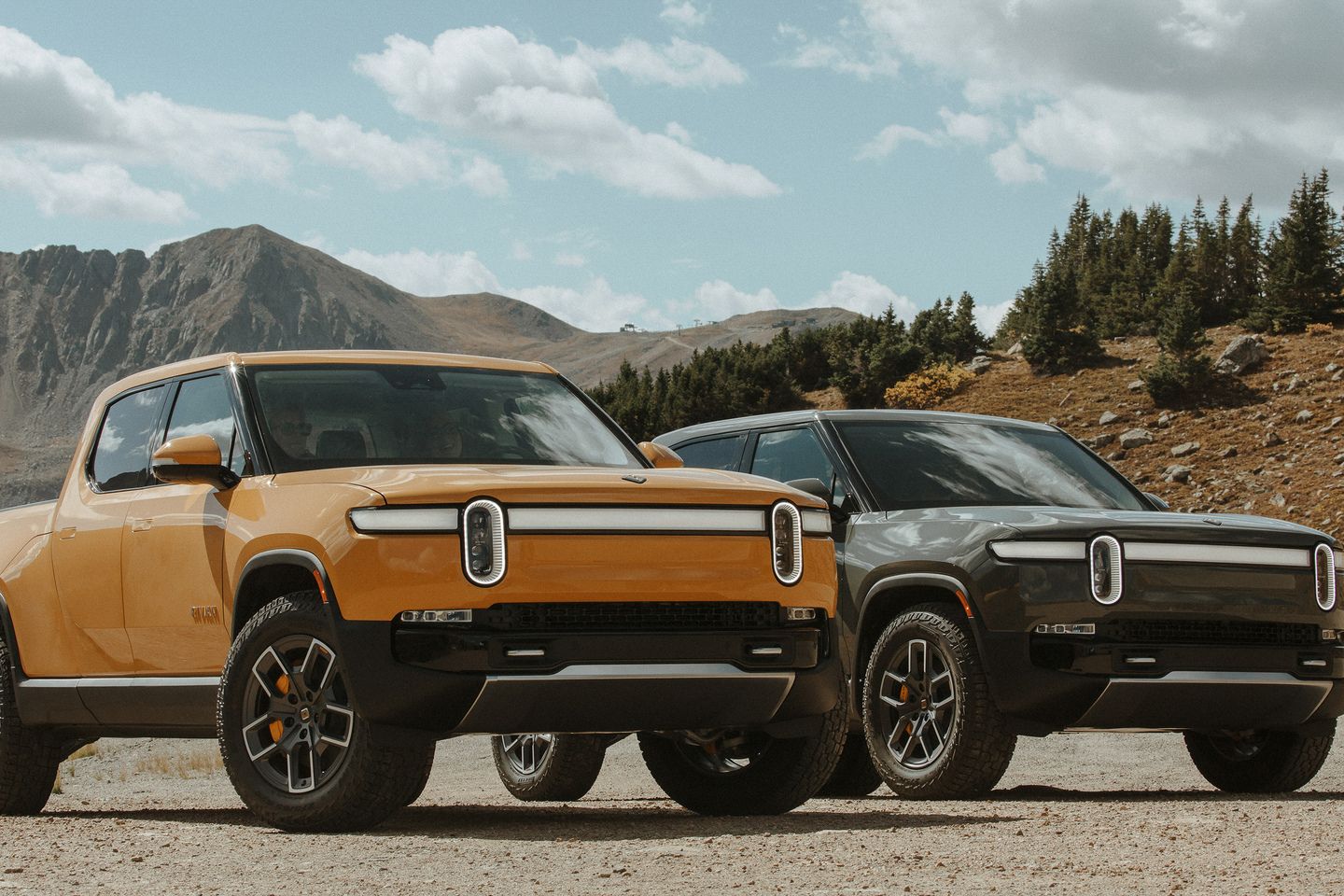Be Charge is a partner in InsidEVs supertest measuring duration and performance of the best-selling electric cars of the year
A few weeks ago, InsideEVs, the Motor1 group magazine, held the 2021 edition of its customary appointment with the durability and performance tests of the year’s best-selling electric cars. Against the backdrop of Rome’s famous Grande Raccordo Anulare, a number of drivers – non-professionals – tested 12 models of long-range electric cars, i.e. equipped with the largest batteries available on the market today. As in previous editions, the aim of the test was to measure the cars’ performance in terms of range and energy consumption on the road in the most realistic and realistic conditions. The models used were:
- Audi Q4 Sportback 40 e-tron
- BMW iX xDrive50
- Ford Mustang Mach-E Extended Range AWD
- Hyundai Ioniq 5 RWD Evolution
- Jaguar I-Pace EV400 AWD
- Kia EV6 AWD
- Mercedes EQS 580 4Matic
- Porsche Taycan Cross Turismo Turbo S
- Skoda Enyaq iV 80 iV
- Tesla Model Y Long Range
- Volkswagen ID.4 Pro Performance
- Volvo XC40 P8 Recharge
Measuring the performance of electric cars in terms of range and energy consumption
The roads along the GRA have a key feature that made the test truly authentic: the traffic, which forced the cars to slow down and accelerate frequently. Obviously, the weather conditions also had their impact on the test: the temperature between 11 and 14 degrees – with rain at times – and the equipment of the individual cars, although kept as identical as possible, influenced the final results.
Be Charge charging points to recharge cars
The tested cars covered several laps of 68.2 km, travelling counter-clockwise on the outer carriageway of the junction, at around 130 km/h. Each driver’s challenge ended when the driven car reached 5 per cent of its remaining charge. With the battery almost completely discharged, the drivers were able to use a Be Charge charging point to recharge their car, as was also the case before the stress test.
Without going into too much technical detail – you’ll find all the details in the unique video – the two most significant performance results concern charging power and energy consumption. On this front, similar times were recorded for all the cars, in both AC and DC. However, compared with the declared WLTP figures, the test results differed by 33%.
However, it should be remembered that WLTP tests are carried out under far less stressful conditions for vehicles. The second interesting insight is energy consumption in kWh/100 km, a value that is very useful for assessing the real efficiency of individual models. As some might have predicted, Tesla’s Model Y came out on top with 17.4 kWh/100 km, a far cry from the 21 kWh/100 km of Skoda, Hyundai and Audi. For more on the performance and all the results of the test, we refer you to the report aired on TG2 Motori on 26 December 2021 and the full video of the test, which you can find below.








